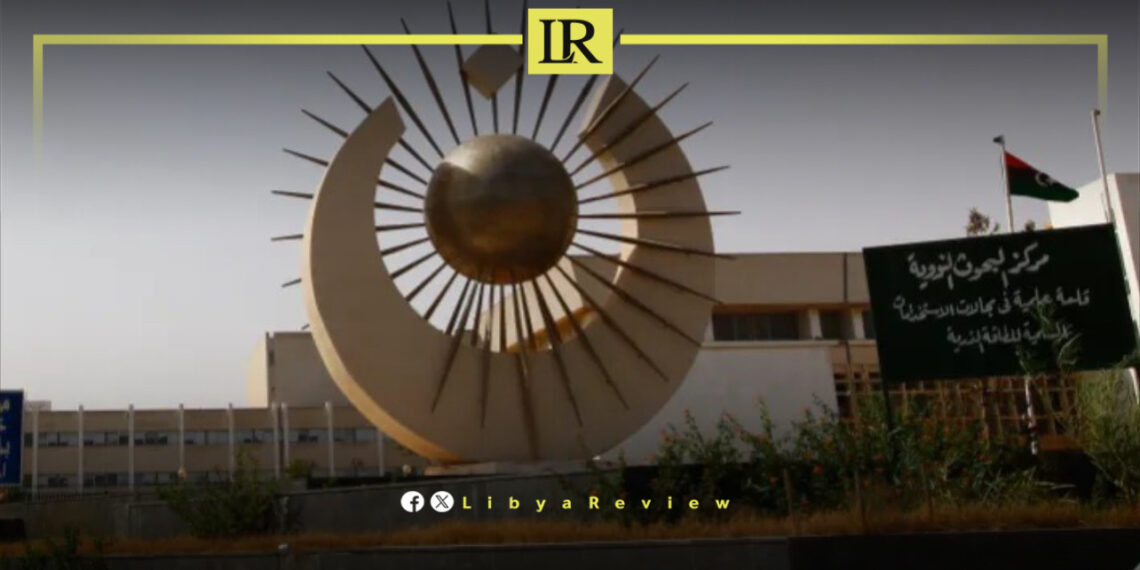Libya’s once-secret nuclear program is back in international focus amid renewed discussions between the United States and Iran over nuclear disarmament.
As reports surface about potential negotiations involving former US President Donald Trump and Iranian officials, analysts and policymakers have revived what is now being called the “Libya model” — a historical reference point for voluntary nuclear dismantling in exchange for diplomatic and economic benefits.
But what exactly was Libya’s nuclear program? Why is it once again making headlines, nearly two decades after it was officially dismantled?
Libya’s nuclear ambitions began in the late 1960s under former leader Muammar Gaddafi. His interest was sparked by uranium reserves discovered in the Tibesti Mountains near northern Chad. In the early 1970s, Gaddafi attempted to annex the Aouzou Strip, a uranium-rich zone, triggering a prolonged military conflict with Chad.
In 1970, Libya established the Industrial Research Center and began searching for ways to enrich uranium. Unable to acquire a nuclear reactor from the Soviet Union, Libya turned to covert channels. It secretly joined the global nuclear black market, working with a network led by Pakistani scientist Abdul Qadeer Khan.
Throughout the 1980s and 1990s, Libya obtained centrifuges, blueprints for nuclear weapons, and processed uranium through a series of clandestine deals involving North Korea, Pakistan, and various international intermediaries. These efforts were funded using offshore accounts and front companies, designed to mask Libya’s growing capabilities.
In 2003, a shipment of nuclear components bound for Libya was intercepted in a multinational intelligence operation. The exposure forced Gaddafi to change course. On December 19, 2003, he publicly announced Libya’s complete abandonment of its nuclear weapons program. Libya handed over its materials and documents to the U.S. and the International Atomic Energy Agency (IAEA), becoming a model of cooperative disarmament.
The results were immediate. Western sanctions were lifted. Foreign investment — especially in the oil sector — returned. Libya regained diplomatic status and even secured a seat on the United Nations Security Council. It emerged, briefly, as a mediator in African conflicts.
However, the 2011 uprising that led to Gaddafi’s fall brought chaos. Nuclear research facilities were abandoned, projects were halted, and security collapsed. In 2023, the IAEA reported that 2.5 tons of natural uranium had gone missing from a storage site in southern Libya. The Libyan National Army under General Khalifa Haftar later reported recovering the material, but the incident reignited concerns about the security of leftover nuclear materials.
Though Libya never succeeded in producing a nuclear bomb, its program remains one of the most controversial and secretive in the history of the Middle East and North Africa. Its dismantling is frequently cited in modern non-proliferation talks.
Israel has been vocal in recent weeks, urging world powers to apply the “Libya model” to Iran. Prime Minister Benjamin Netanyahu stated that Iran should not be allowed to develop nuclear weapons and that a deal “like the one reached with Libya” could be the solution. The statement came ahead of expected U.S.-Iran discussions, possibly to be held in Oman.
Iran, however, has firmly rejected any comparison with Libya. Tehran has repeatedly made clear it will not voluntarily abandon its nuclear program in the same fashion. Iranian officials argue that Libya’s disarmament ultimately left it vulnerable to regime change and civil war — a fate they are unwilling to risk.


